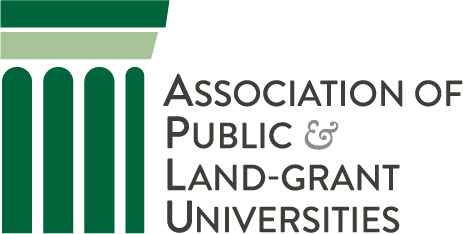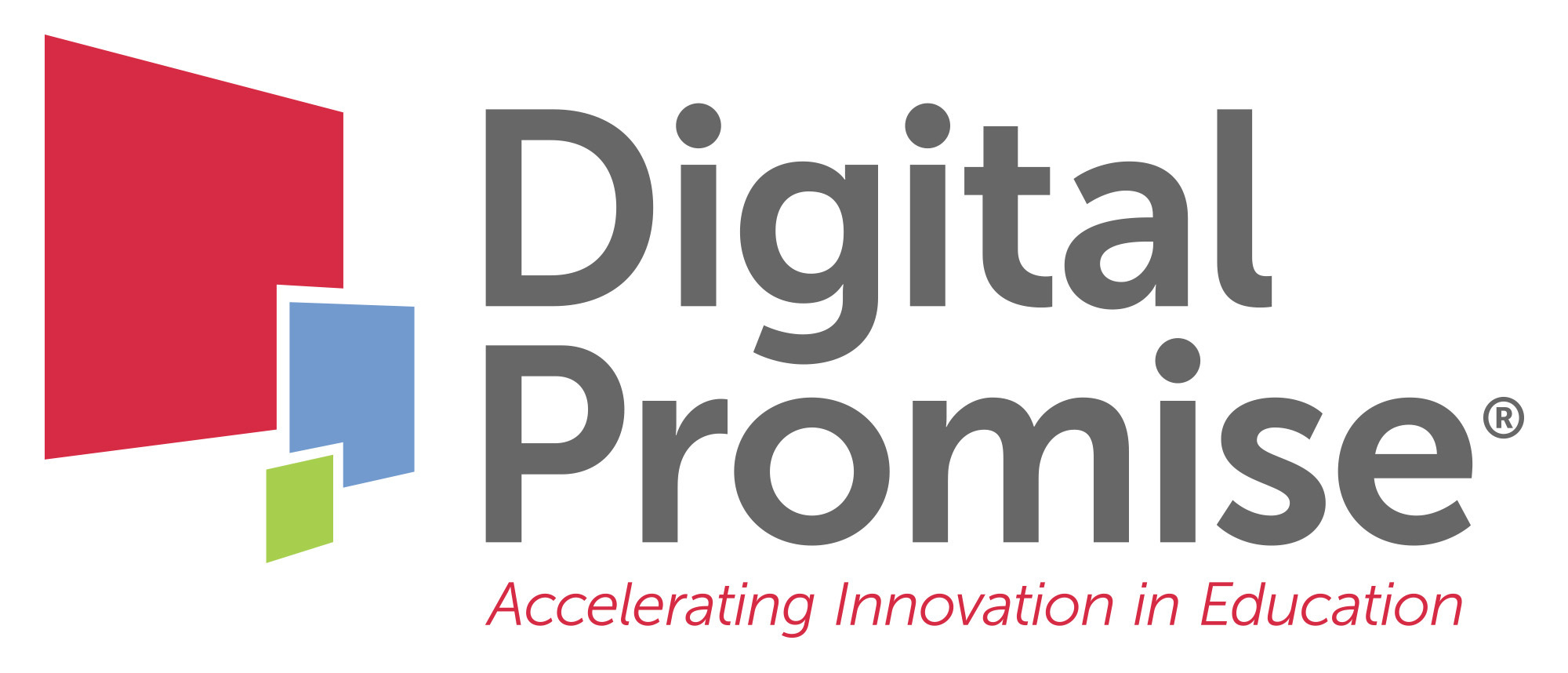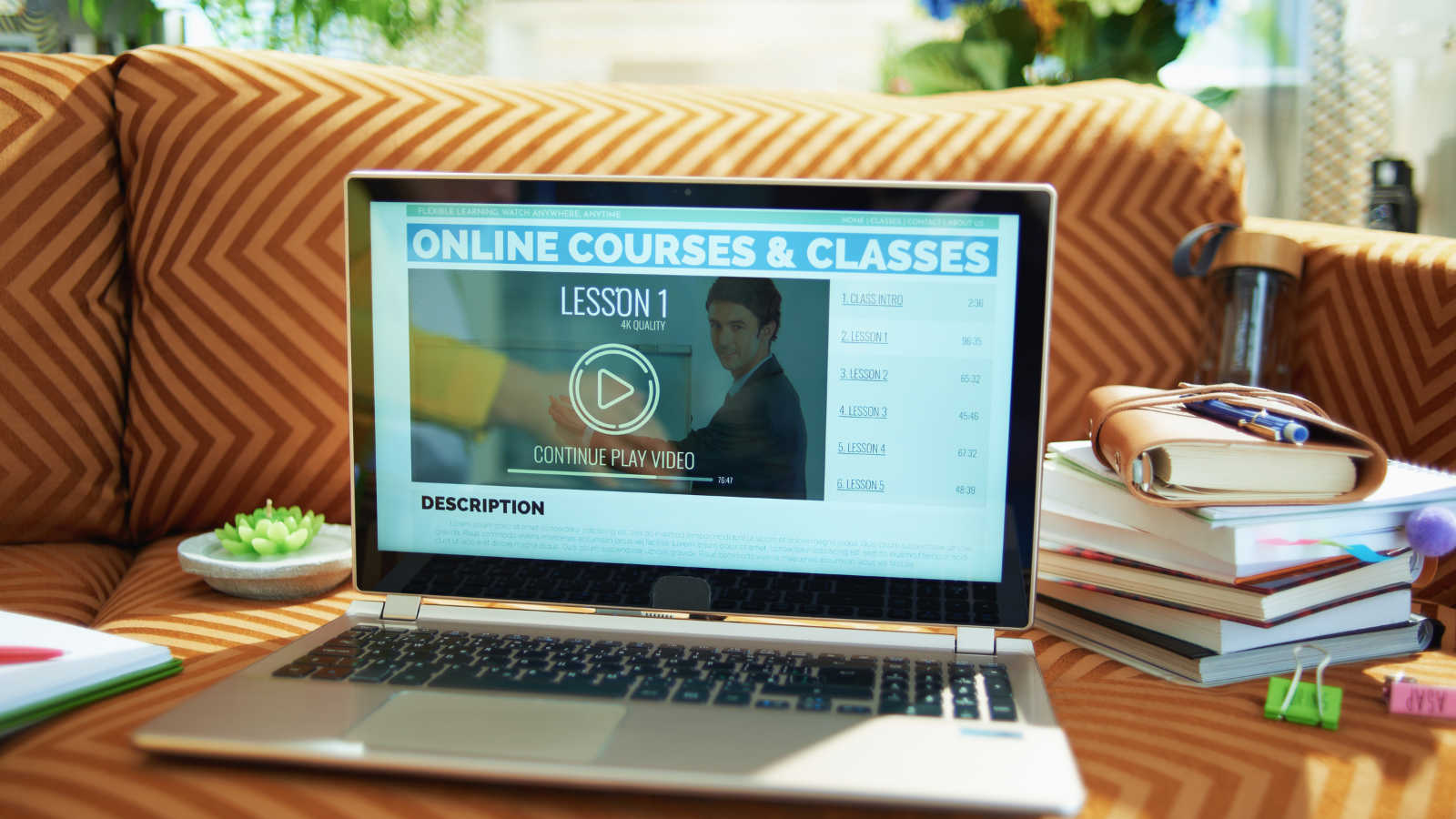When Every Learner Everywhere’s network partners convened in 2019 to develop technical assistance for an adaptive learning initiative at 13 colleges and universities, they knew they needed to provide support for more than just implementation. With a vision of using digital learning to close equity gaps for minoritized and poverty-affected students, the partners collaboratively designed the technical assistance to help institutions assess readiness and capacity and then to design and integrate adaptive courseware in ways that would be scalable beyond the initial courses, as well as to measure results.
“Everyone brought a different strength to the partnership,” says Dr. Ruanda Garth-McCullough, Director of Program Development at Achieving the Dream (ATD). She and her colleagues brought experience on how to guide a team at a college through transformation. Partners at The Association of Public and Land-grant Universities (APLU) brought experience with evaluating and using the range of adaptive courseware on the market. And Digital Promise worked with institutional research departments to secure and evaluate data from redesigned courses.
Thirteen colleges and universities — called Lighthouse Institutions — redesigned courses by integrating adaptive courseware with support from Every Learner Everywhere, including the technical assistance from ATD, APLU, and Digital Promise. At the end of the engagement, not only did the institutions learn how to integrate digital technology and instruction, but they built models to scale it out to other departments in their institutions.
Technical assistance in action
Garth-McCullough says deep technical assistance is not just about helping faculty learn and apply a new technique or technology but is more like coaching over a sustained period. The network partners helped the Lighthouse institutions frame specific problems, troubleshoot challenges that emerged, and sustain progress on a plan.
Technical assistance for a project as critical as implementing new adaptive learning technologies can also be immersive. On-campus site visits comprised delivering existing professional learning materials and tailoring content for specific academic departments that were redesigning large-enrollment gateway courses. The partners also identified peer institutions that were further along in similar transformations and brought them to the Lighthouse institutions for consultation and inspiration.
“We let the teams customize how this was going to work on their campus,” says Garth-McCullough. “There’s not a one-size-fits all way of what their team should look like or how they should approach their plan.”
For example:
- The initiative at Cuyahoga Community College in Ohio was spread across its five campuses, each with its own campus president and its own Center for Learning Excellence. They developed a faculty learning community that met monthly to coordinate their multi-campus process and provide space for faculty collaboration and support. The learning community included an instructional designer assigned to support the seven disciplines that the 17 redesigned courses represented.
- Lorain County Community College in Ohio had a faculty member who had already used adaptive learning on her own, so they drew on her experience to support other faculty teaching the statistics course that was part of the initiative.
- Indian River State College in Florida decided that gateway courses in two departments — chemistry and math — would benefit from the adaptive courseware integration, so they brought together a team from both departments, including the adjunct faculty teaching the classes.
Related reading: Building Your Adaptive Learning Initiative Dream Team
The benefits of technical assistance for digital learning
Garth-McCullough says one benefit of the technical assistance in these digital learning projects is that it nurtured collaborations that got faculty and other colleagues talking to each other, sharing what they were learning, and fueling the expansion of adaptive courseware.
“The strength of this process is that it was faculty centered,” says Garth-McCullough. “A lot of times these initiatives are driven by provosts or the president. This empowers faculty to lead the design of courses that integrate evidence-based teaching practices. Faculty were so grateful to be able to see the results of their efforts through course-level data that Digital Promise analyzed.”
She says most institutional faculty and staff don’t have the time and resources internally to take on this partnership building and course redesign along with identifying models and training materials and pulling in outside experts. But the technical assistance model provided by the network partners — customized for the institution’s specific needs — resulted in clear, repeatable results.
Advice to peers
For other institutions considering getting technical assistance support to implement adaptive courseware, Garth-McCullough offers these tips:
- Make sure you work with willing participants.
- Compensate professionals for the time they’ll need to spend on the effort.
- Create the time and space for faculty to do the work together.
- Identify and elevate internal expertise, especially others who have worked with digital courseware before.
- Allow for time to learn the product and align it with the curriculum.
- Iterate for continuous improvement.
- Ask students early and often how it is working.
Lastly, keep re-orienting toward student-centered design and equity. Adaptive learning has tremendous potential to close opportunity gaps, but not if it is used uncritically to duplicate existing courses that created those opportunity gaps. Students are ultimately at the center of the technical assistance for digital learning.
Read more data about these adaptive learning initiatives




